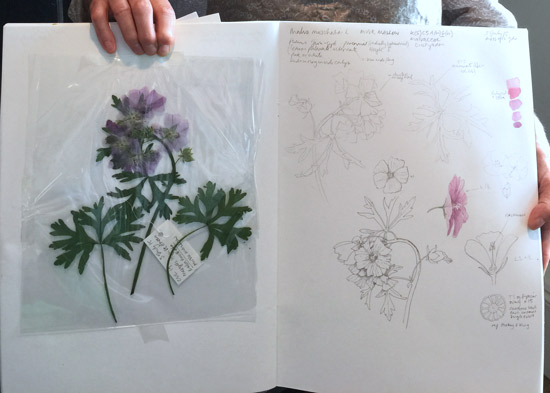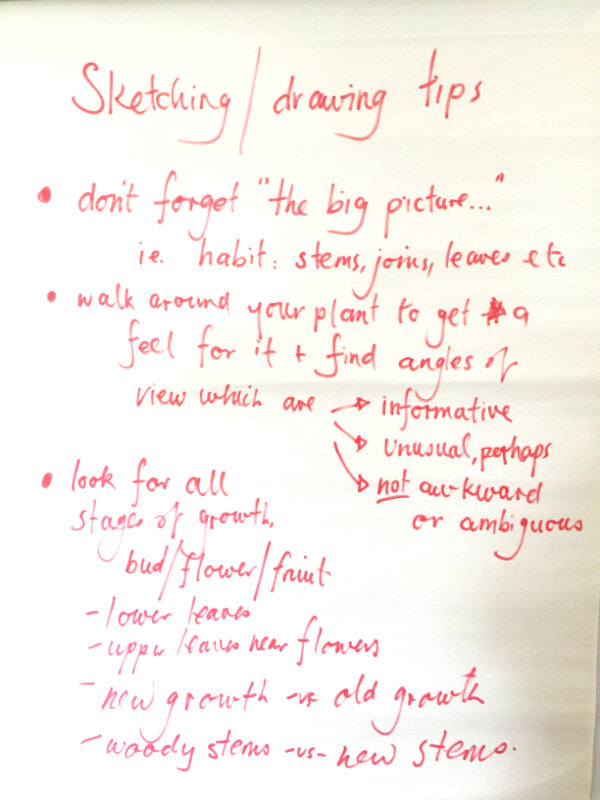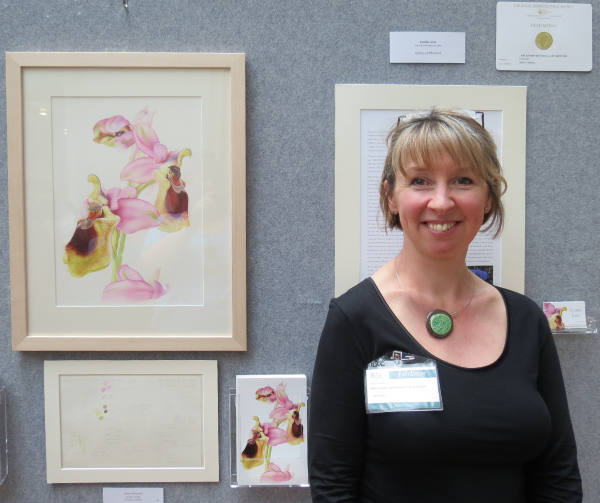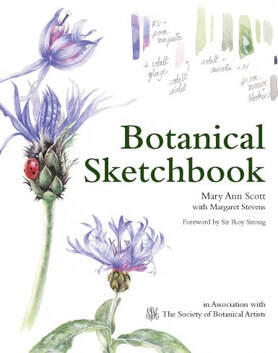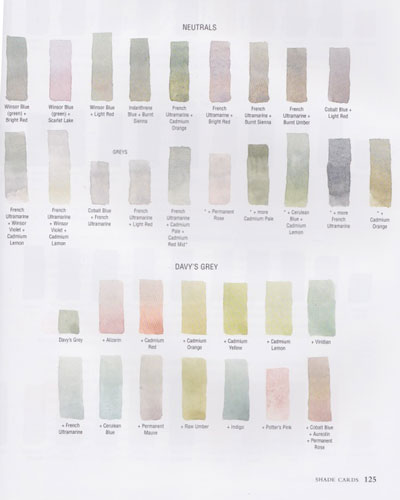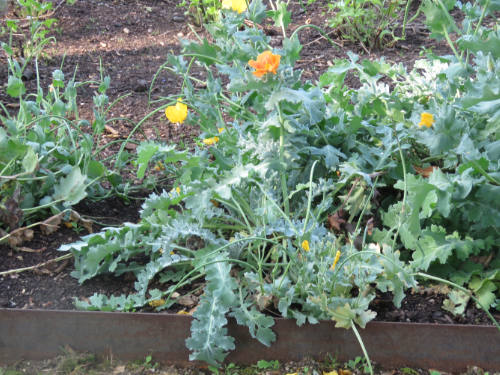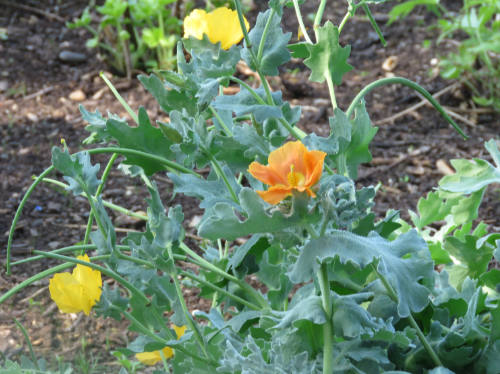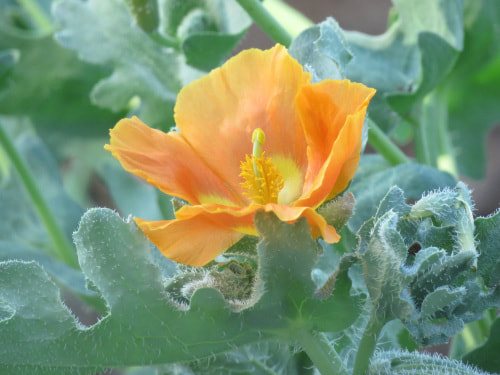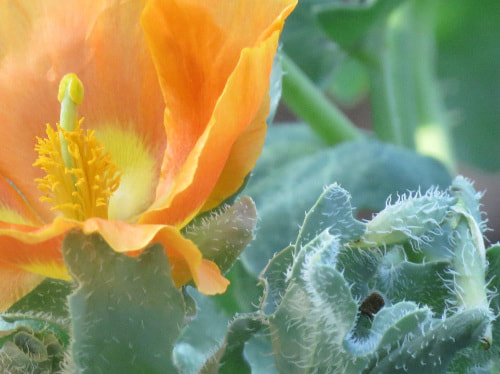- Home
- NEWS
-
HISTORY
- What is Botanical Art?
- What is Botanical Illustration?
- Botanical Art History Books >
- Herbals
- Florilegia and Flora
- Patrons of Botanical Art >
- Past Masters - Botanical Art and Illustration >
- Famous Asian Botanical Artists (600-1900)
- 20th & 21st Century Botanical Artists >
- Botanical Photographers
- Botanical and Herbal Art Online
-
ARTISTS
- Botanical Artists in the UK
- Botanical Artists in North America
- Botanical Artists in Europe
- Botanical Artists in Australia and New Zealand
- Botanical Artists in Asia
- Botanical Artists in Africa
- Botanical Artists in Latin America
- Botanical Printmakers, Photographers, Sculptors et al
- The Jill Smythies Award
- Botanical Artists on Facebook
- Botanical Art Blogs
-
Exhibitions
- Calls for Entries - OPEN exhibitions
- Online Exhibitions >
- RHS Botanical Art & Photography Shows >
- The Shirley Sherwood Gallery of Botanical Art >
- Hunt International Exhibition of Botanical Art & Illustration
-
UK
>
- North America >
- Europe >
- Australasia >
- Asia >
- Africa
- ARCHIVE: World Wide Exhibition of Botanical Art 2018
-
Education
- NEW BOOKS about Botanical Art and Illustration >
-
Best Botanical Art Instruction Books
>
- Tips and Techniques >
- Botanical Art Video Tips >
- Online Botanical Art Instruction >
- International Directory: Botanical Art Teachers
- International Directory of Botanical Art Courses >
- Artist Residencies, Scholarships and Bursaries
- Diplomas and Certificates >
- Distance Learning Courses
- Talks, Lectures & Tours
- Botanical Education on Facebook
- Materials
- Groups
-
Botany
- Why botany matters to artists
- Botany Books for artists >
- Scientific botanical illustration
- Plant Forms and Anatomy
- Plant Evolution and Taxonomy
- Plant Names and Botanical Latin
- Botanical Dictionaries
- How to Identify Plants
- Recording a Plant / Sketchbooks >
- Botanic Gardens & Herbaria >
- Blogs about Plants and Flowers
- Contact
This section focuses on different ways you can document a plant.
One of the reasons why many botanical artists learn more about plants and about botany
is because this helps them to indicate the key differentiating features of a plant in their illustration of it.
One of the reasons why many botanical artists learn more about plants and about botany
is because this helps them to indicate the key differentiating features of a plant in their illustration of it.
|
Recording features of plants by sketches done in the field and on expeditions - and preserving plant material for further examination - is vital to the development of botanical illustrations and paintings back in the studio
This section covers
|
|
GO TO: Separate pages (see links below) for:
|
Banner Image: Crop of a record produced by a student of the Diploma Course at the Chelsea Physic Garden in July 2015
|
How to identify a Plant
|
BASIC METHOD - RECORD LOCATION AND FEATURES
Some ways of recording and identifying a plant
REFERENCE
|
PLANT APPS
Plant Apps are an amazing help while you are out and about -
There are various Plant Apps which help identify what a plant or tree is. These include ones available from both Google Play and the Apple Store
There are others which are specific to different parts of the world. |
How to use a Sketchbook to record a plant
|
A sketchbook is a useful tool for recording annotated drawings of a plant in the growing naturally.
SKETCHBOOK TIPS BY LUCY T SMITH
NOTE: Lucy T Smith is a professional botanical illustrator and instructor who produces botanical illustrations for Kew Gardens and others. |
|
EXAMPLE OF A FIELD SKETCH by an RHS Gold Medal Winner
The sketch below of Ophrys balearica (and five others) were displayed as part of the RHS Gold Medal winning exhibit of "Orchids in Menorca" by Louise Lane GM (2012, 2014, 2019) at the RHS Botanical Exhibition in 2014. The Field Sketch below by includes:
|
|
KIT FOR SKETCHING TRIP
Of course if you are going to sketch in the field you need a kit of all the sketching media and tools you will need plus some practical essentials. For this sketchbook trip searching for wild orchids, Shevaun Doherty is taking:
Of course if somewhere where it is sunnier you can dump the raincoat and wellies and substitute sun protection and sun hat. |
|
|
EXAMPLE: STUDIO SKETCH
By way of contrast, this is a STUDIO based sketch study by Shevaun Doherty is of the colours for Ophrys apifera (bee orchid). The sketch is being produced as an example of her sketchbook work for Sceitse, Sketchbook Exhibition by the Irish Society of Botanical Artists that will take place at National Botanic Gardens Visitor Centre, National Botanic Gardens, Glasnevin in November 2020. It's good to see exhibitions of sketches and sketchbooks! NOTE: The actual sketch is much bigger |
|
Online Examples of Botanical Artists Sketchbooks
|
Not a lot of professional botanical artists/illustrators record their sketches online - which is a pity.
The artists listed below have provided pages or sites devoted to their Sketchbooks - by way of providing examples of how you can record plants in a sketchbook. |
Contact me if you have a web page or site which could usefully be added in to this section.
|
Sketchbooks allow artists to research their subjects and to fine tune observational skills. They facilitate drawing and painting practise without the pressure of producing a finished work. They allow compositional ideas to be formulated. A large body of study material can be created without the commitment of a final piece. Consequently sketchbooks act like an experimental journal, a personal library, from which the artist can pick and choose subjects to take forward. |
Think of your sketchbook as a creative filing cabinet |
|
WEBPAGES or BLOG POSTS OF SKETCHBOOK EXAMPLES
All the examples below are by full time professional botanical illustrators/teachers
Below are examples from students
|
INSTAGRAM ACCOUNTS
|
|
|
|
BOOKS ABOUT SKETCHBOOKS
Below are a couple of books about Botanical Sketchbooks which you may well find very useful - as well as a pleasure to read and review.
They are:
Below are a couple of books about Botanical Sketchbooks which you may well find very useful - as well as a pleasure to read and review.
They are:
- Botanical Sketchbooks - compiled by Helen and William Bynum (re. sketchbooks from 18th 20th centuries)
- Botanical Sketchbook by Mary Ann Scott and Margaret Stevens (re. a sketchbook kept for the SBA DLDC)
Botanical Sketchbooks by Helen and William Bynum
|
HIGHLY RECOMMENDED:
This book is about botanical sketchbooks which were created to record the natural world - between the 16th and 20th centuries. It attracted a lot of glowing reviews when published.
|
You won't find this quality of content in any other book.
It has facsimiles of 275 original illustrations recording plants from the 18th - 20 centuries with most recorded at a time when there were no cameras for recording plants. The collection of colour images is amazing - and many of have never been seen before - because they are in sketchbooks! |
|
TWO VERSIONS: This book was published almost simultaneously in the UK and USA - hence
|
"a very beautiful book" |
|
UK version:
Hardcover: 296 pages Publisher: Thames and Hudson Ltd; Publication date (1st edition): 13 April 2017 RECOMMENDED UK: rated an average 5 out of 5* by 4 customer reviews BUY IN THE UK Botanical Sketchbooks
|
|
USA version:
Hardcover: 288 pages Publisher: Princeton Architectural Press Publication date: May 9, 2017 Language: English Product Dimensions: 8.4 x 1.4 x 10.9 inches RECOMMENDED USA: rated an average 4.8 out of 5* by 14 customer reviews BUY IN THE USA Botanical Sketchbooks
|
|
The sketchbooks cover:
|
What's unique about this book is that it provides an insight into the working methods and sketchbooks kept by various different important and/or famous names in botanical art - as well as a few who are less well known - what they recorded and how they chose to make and annotate their records.
Students will find the range of sketches interesting and how they vary from the very basic to the very sophisticated. |
About the authors: Helen and William Bynum are historians of science and medicine, who also have a particular interest in horticulture and the importance of plants in human culture and society.
|
|
Botanical Sketchbook
by Mary Ann Scott and Margaret Stevens HIGHLY RECOMMENDED
- read my Book Review: Botanical Sketchbook (see extract below) The book provides a masterclass for all aspiring botanical artists and is highly recommended. It's an essential buy for all students of the Society of Botanical Artist's Diploma in Botanical illustration and a recommended buy for all other aspiring botanical art students and artists and many of their tutors. It provides an excellent benchmark for the standard of botanical illustration and painting which can be achieved by an exceptional student. It also tells the story of how such excellence can be developed - through much practice and intelligent use of the botanical sketchbook. |
|
About the Book: This book was developed by the Society of Botanical Artists as a way of emphasising the importance of keeping a sketchbook.
Read an interview with the author of Botanical Sketchbook - A Making A Mark Interview with Mary Ann Scott. This also provides my-depth review of the book. About the authors: Mary Ann Scott was a student on the SBA Distance Learning Diploma Course when she developed her sketchbook. Margaret Stevens was the the President of the Society of Botanical Artists and the Director of the Distance Learning Course when she developed the book.
|
Hardcover: 128 pages
Publisher: Batsford (19 April 2010) Average Customer Rating out of 5 stars:
BUY THIS BOOK Botanical Sketchbook: Inspiration and Guide to keeping a Sketchbook
Botanical Sketchbook
|
How to photograph a plant - tips for botanical artists
The best camera is the one you've got with you when you need it
THINGS TO THINK ABOUT
I'm no expert but I've taken tens of thousands of good quality plant photos by buying a decent quality bridge camera (rather than a Single Lens Reflex - which is what the experts use) - and learning how it works - and what are the challenges it needs to deal with e.g. bright sunlight; busy backgrounds etc.
You need a camera which can capture detail well and sometimes photograph from a distance when you're unable to get to a plant easily.
I'm no expert but I've taken tens of thousands of good quality plant photos by buying a decent quality bridge camera (rather than a Single Lens Reflex - which is what the experts use) - and learning how it works - and what are the challenges it needs to deal with e.g. bright sunlight; busy backgrounds etc.
You need a camera which can capture detail well and sometimes photograph from a distance when you're unable to get to a plant easily.
|
|
EXAMPLE: Three photos I took with my Bridge Camera in September 2020 plus a crop.
This is nothing special but it serves as an example. I'm familiar with the Yellow Horn Poppy but wanted to see what information I could capture with my five year old Canon SX40HS bridge camera while sat on a bench at a distance of some 10 feet. (I find that the advantage of sitting is that it's much easier for me to keep your camera still. If standing I tend to spread my feet so I am better balanced )
So I took the whole plant - including adjacent foliage as I couldn't work out from where I was sat which was which. Then moved in for more detail. Finally I zoomed for a close up shot of the yellow horn poppy itself. Then I checked to see what I'd got.
This is nothing special but it serves as an example. I'm familiar with the Yellow Horn Poppy but wanted to see what information I could capture with my five year old Canon SX40HS bridge camera while sat on a bench at a distance of some 10 feet. (I find that the advantage of sitting is that it's much easier for me to keep your camera still. If standing I tend to spread my feet so I am better balanced )
So I took the whole plant - including adjacent foliage as I couldn't work out from where I was sat which was which. Then moved in for more detail. Finally I zoomed for a close up shot of the yellow horn poppy itself. Then I checked to see what I'd got.
|
TIPS BY PHOTOGRAPHERS
|
TIPS BY BOTANICAL ART SOCIETIES
ARTICLES ON PHOTOGRAPHY FOR BOTANICAL ARTISTS
|
Dissection
The video below about flower dissection is produced by Science and Plants for Schools (SAPS) - supporting plant science in UK secondary schools and post-16 colleges.
The videos below have been produced by the Association of British Botanical Artists
- ABBA: Beginner's Botany for Botanical Art - summarises resources relating to recording simple and complex flowers
- The three B's.... Beginner - Botany-Botanical Art | ABBA - examines how to understand, dissect and record a simple flower
- The three B's - Complex Flowers | ABBA - focuses on the structure and parts of complex flowers using focuses on complex flowers "Asteraceae" which includes daisies, sunflowers and asters as an example (see video below)
Science Sauce publishes science teaching and learning materials - including learning videos like the one below. The man behind the site is Alex Nixon is a high school science teacher with experience in Years 7 to 13 (Grades 6 to 12), including general science, IGCSE Biology, IGCSE Environmental Management, A Level Biology, IB Biology, and IB ESS.
Botanical Plant Recording
Botanical Recording Societies
|
Plant Science: Glossary
|
Resources about Botanical Art and For Botanical Artists
ABOUT: About the Author | Contact | Testimonials | Privacy Policy COPYRIGHT 2015-22: Katherine Tyrrell all rights reserved.
|
NEWS
News Blog about artists, awards, exhibitions etc. |
EXHIBITIONS
- Calls for Entries - Exhibitions around the world - Online Exhibitions - RHS Exhibitions - Hunt Exhibitions ORGANISATIONS
- Botanical Art Societies - national / regional / local - Florilegium & Groups - Botanical Art Groups on Facebook |
EDUCATION
- Tips and Techniques - Best Botanical Art Instruction Books - Directory of Teachers - Directory of Courses - Online Botanical Art Courses - Diplomas and Certificates - Talks, Lectures and Tours ART MATERIALS (Paper / Vellum) BOTANY FOR ARTISTS - Scientific Botanical Illustration - Best Botany Books for Artists - Plant Names & Botanical Latin BOTANIC GARDENS & Herbaria |
FEEDBACK
Please send me . - news to share - info. about exhibitions - any suggestions for what you'd like to see on this website ADVERTISE Contact me if you'd like to promote workshops and courses on this site. AFFILIATION This website is free to you but not for me! (See Affiliate Income below) |
|
Cookies, Personal Data & Privacy tells you how this site relates to and impacts on you and your privacy - and your choices.
Product & company names may be trademarks of their respective owners |
About Affiliate Income: This website has been created to share information not to make a profit. I am an Amazon Associate and earn from qualifying purchases (e.g. books from Amazon) which helps offset costs associated with maintaining this very large website.
|
- Home
- NEWS
-
HISTORY
- What is Botanical Art?
- What is Botanical Illustration?
- Botanical Art History Books >
- Herbals
- Florilegia and Flora
- Patrons of Botanical Art >
- Past Masters - Botanical Art and Illustration >
- Famous Asian Botanical Artists (600-1900)
- 20th & 21st Century Botanical Artists >
- Botanical Photographers
- Botanical and Herbal Art Online
-
ARTISTS
- Botanical Artists in the UK
- Botanical Artists in North America
- Botanical Artists in Europe
- Botanical Artists in Australia and New Zealand
- Botanical Artists in Asia
- Botanical Artists in Africa
- Botanical Artists in Latin America
- Botanical Printmakers, Photographers, Sculptors et al
- The Jill Smythies Award
- Botanical Artists on Facebook
- Botanical Art Blogs
-
Exhibitions
- Calls for Entries - OPEN exhibitions
- Online Exhibitions >
- RHS Botanical Art & Photography Shows >
- The Shirley Sherwood Gallery of Botanical Art >
- Hunt International Exhibition of Botanical Art & Illustration
-
UK
>
- North America >
- Europe >
- Australasia >
- Asia >
- Africa
- ARCHIVE: World Wide Exhibition of Botanical Art 2018
-
Education
- NEW BOOKS about Botanical Art and Illustration >
-
Best Botanical Art Instruction Books
>
- Tips and Techniques >
- Botanical Art Video Tips >
- Online Botanical Art Instruction >
- International Directory: Botanical Art Teachers
- International Directory of Botanical Art Courses >
- Artist Residencies, Scholarships and Bursaries
- Diplomas and Certificates >
- Distance Learning Courses
- Talks, Lectures & Tours
- Botanical Education on Facebook
- Materials
- Groups
-
Botany
- Why botany matters to artists
- Botany Books for artists >
- Scientific botanical illustration
- Plant Forms and Anatomy
- Plant Evolution and Taxonomy
- Plant Names and Botanical Latin
- Botanical Dictionaries
- How to Identify Plants
- Recording a Plant / Sketchbooks >
- Botanic Gardens & Herbaria >
- Blogs about Plants and Flowers
- Contact
